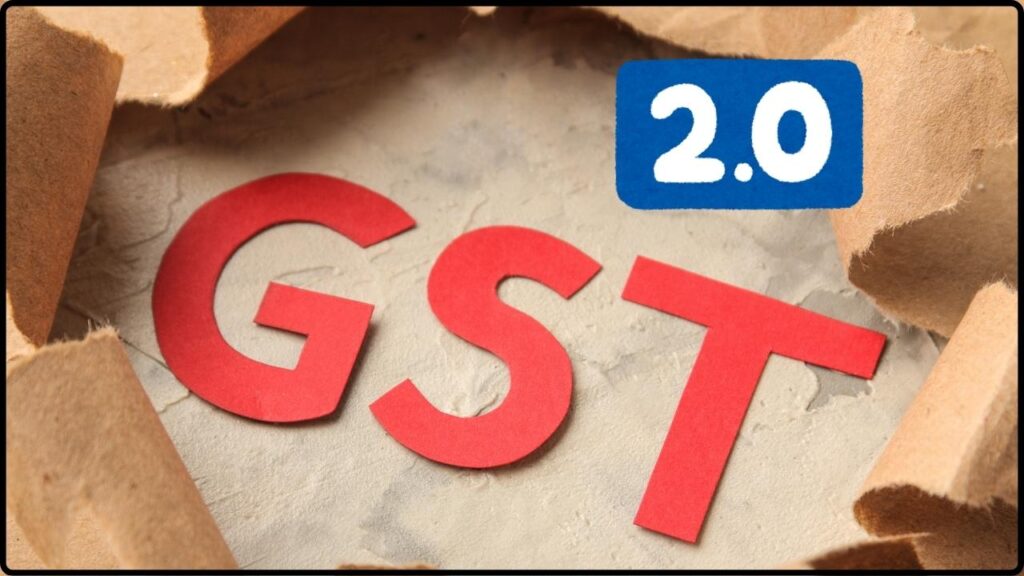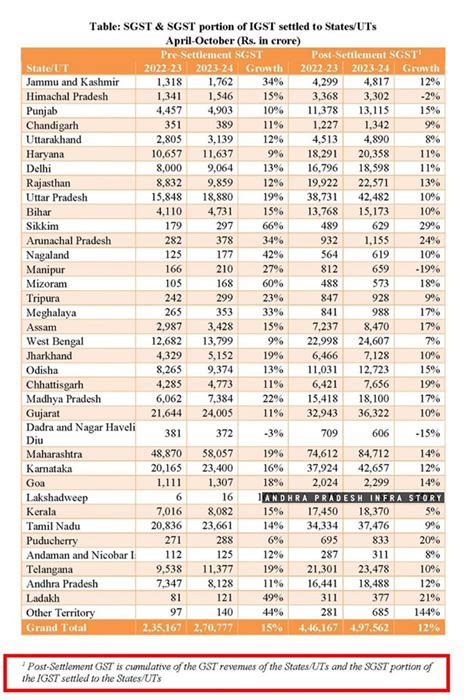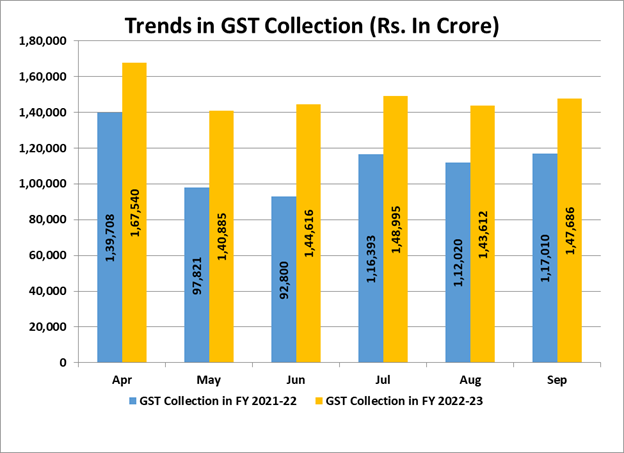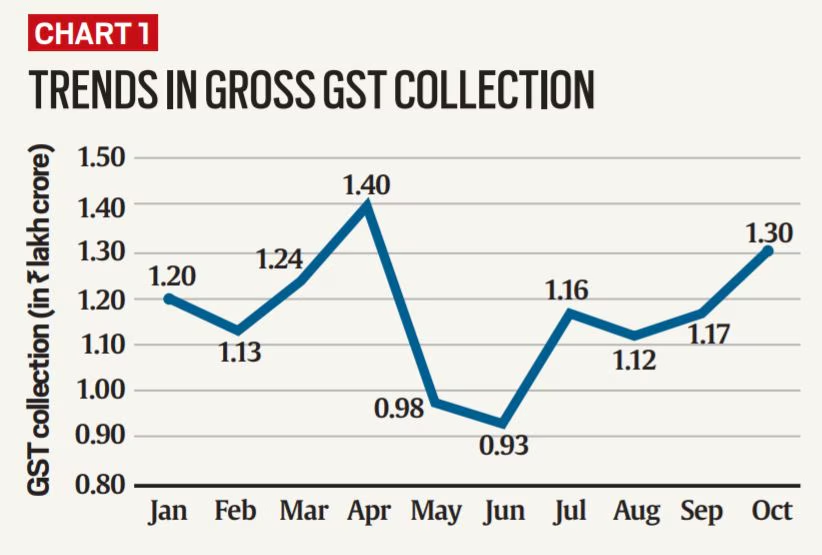
Congress Warns GST 2.0 Could Crush Growth: If you’ve been following the buzz around GST 2.0 (Goods and Services Tax 2.0), you’ve probably heard Congress raising some serious concerns. They’re basically saying, “Look, if this next version of GST isn’t handled carefully, it could crush economic growth instead of fueling it.” That’s no small claim—especially since GST was originally launched in 2017 as India’s most ambitious tax reform, nicknamed the “Good and Simple Tax.” But here’s the catch: Congress argues that unless one big change is made—simplifying the system while protecting small businesses and state revenues—GST 2.0 could quickly become what they now call a “Growth-Suppressing Tax.”
Congress Warns GST 2.0 Could Crush Growth
Congress’s warning that GST 2.0 could crush growth isn’t about rejecting reform—it’s about getting it right. They’re pushing for one big change: make GST truly simple, fair, and supportive of states and small businesses. If the government balances these demands with its two-slab simplification, GST 2.0 could finally deliver on the “Good and Simple Tax” dream. But if ignored, it risks being remembered as a Growth-Suppressing Tax—something no economy aiming for $5 trillion can afford.
| Topic | Details |
|---|---|
| What is GST 2.0? | The next phase of India’s Goods and Services Tax reform, aiming to simplify the current 4-slab system into 2 slabs. |
| Congress Warning | GST 2.0 could harm growth if it doesn’t simplify compliance, support MSMEs, and extend state compensation. |
| Government Plan | Roll out by Diwali 2025 with two main slabs: “standard” and “merit.” |
| Key Change Demanded | Reduce complexity, protect state revenues, and support small businesses. |
| Economic Impact | Potential short-term revenue loss of ~₹500 billion (~0.15% of GDP), but expected to boost consumer spending by 0.6–0.7% of GDP. |
| Official Source | GST Council – Official Website |
A Quick Refresher: The GST Journey (2017–2025)
When GST launched in July 2017, it was celebrated as a historic step toward “One Nation, One Tax.” It replaced a patchwork of central and state taxes—like excise duty, VAT, and service tax—with a single unified system.
The goals were clear:
- End tax-on-tax (cascading effect).
- Improve compliance and transparency.
- Make India’s business environment more investment-friendly.
But in practice, the rollout wasn’t as smooth as advertised. Businesses complained about four different slabs (5%, 12%, 18%, 28%) plus cesses, endless return filings, and technical glitches with GSTN (the IT backbone).
Small businesses, especially MSMEs (micro, small, and medium enterprises), found it overwhelming. Some stayed out of GST altogether, while others suffered from delayed refunds, especially exporters.
By 2025, GST collections are higher, but so are disputes. That’s why GST 2.0 is being pitched as a cleaner, simpler reboot.

Why Congress Warns GST 2.0 Could Crush Growth?
Congress isn’t saying “scrap GST 2.0.” In fact, they support reforms. But they’re worried that without big corrections, GST 2.0 might backfire.
1. Too Complicated
Instead of the “Good and Simple Tax”, GST has become a maze. Something as basic as deciding whether a food item falls into 5% or 12% causes litigation.
2. MSMEs (Small Biz) Are Struggling
Small traders, artisans, and family-owned shops are India’s economic backbone. Congress says GST compliance is pushing many into losses. They want:
- Higher thresholds for GST registration.
- Quarterly, not monthly, filing.
- Simpler refund mechanisms.
3. States Fear Losing Money
When GST began, states were promised a compensation cess for revenue losses until March 2026. Once that expires, states may lose billions, forcing them to cut welfare programs. Congress insists GST 2.0 must extend this arrangement.
4. Sectoral Problems
Industries like textiles, handicrafts, tourism, and agriculture inputs are stuck in slab disputes. For example, handmade goods often face the same slab as industrial products, hurting local artisans.
What the Government is Planning?
Prime Minister Modi has pitched GST 2.0 as a bold simplification:
- Two-Slab Model: Replace four slabs with two—“standard” and “merit.”
- Special Rates for Luxury & Sin Goods: Alcohol, tobacco, and luxury cars may still face higher slabs.
- Launch Timeline: Targeted for Diwali 2025.
- Fixing Pain Points: Resolve duty inversion (where raw materials get taxed more than finished goods) and reduce classification confusion.
- Digital Push: More AI-driven compliance tools, e-invoicing, and automation.
Think of it like America ditching its messy IRS tax code for just two brackets. Sounds simple, but the details could make or break it.

Global Comparisons: How Others Do It
Looking abroad helps put GST 2.0 in context:
- Canada: A national GST at 5%, with provinces adding their own sales tax. Simpler but dual-layered.
- Australia: One GST slab at 10%. No cesses, no confusion. Businesses love the predictability.
- European Union: VAT across member states, usually two or three rates, but far clearer than India’s current system.
India’s challenge is its diverse economy. A single rate might work in smaller nations, but balancing farmer needs with urban consumer demand makes it tricky here.
Expert Opinions
Economists and trade groups are weighing in:
- NIPFP economists say simplifying slabs will improve compliance and shrink the black economy.
- CII and FICCI want MSME relief through lower compliance burdens.
- Brookings India argues without state compensation, political fights could derail GST 2.0 just like the messy start in 2017.
Impact on Consumers: What Will Get Cheaper or Costlier?
Here’s how GST 2.0 could affect your pocket:
- Daily essentials (food, medicine): Likely to stay low or even cheaper.
- Appliances and furniture: Many goods in the 12% slab could move to 5% or 18%, cutting prices.
- Luxury cars, alcohol, tobacco: Expect them to stay heavily taxed.
For example, a washing machine currently taxed at 28% could move down to 18%—saving buyers thousands. But a high-end SUV? Still pricey.

Digital Compliance: How Tech Will Shape GST 2.0
A big part of GST 2.0 will be digital-first compliance. Expect:
- AI-based tax alerts for suspicious filings.
- Automated invoice matching to cut fraud.
- Mobile-based GST filing apps for MSMEs.
This could make life easier, but also means businesses must invest in better accounting tools and cloud software.
Practical Advice for Businesses
Here’s how to prepare for GST 2.0:
Step 1: Stay Informed
Follow updates on the GST Council website.
Step 2: Upgrade Systems
Adopt GST-compliant software to avoid penalties.
Step 3: Anticipate State-Level Changes
If states lose central support, they may impose local taxes. Build pricing flexibility.
Step 4: Get Involved
When consultation papers are out, share your concerns through chambers of commerce or industry bodies.
Long-Term Outlook: India’s $5 Trillion Goal
The government sees GST 2.0 as crucial for hitting the $5 trillion economy target by 2027. Done right, it could:
- Improve ease of doing business.
- Attract foreign investment.
- Simplify cross-border trade.
But if states rebel or MSMEs struggle, the rollout could stall. India has seen this movie before in 2017—big promises, messy execution.
Calcutta HC Rules Cancelling GST Registration Harms Revenue, Orders Revival Upon Payment of Dues
GST Diwali Bonanza – Why Realty And Hospitality Firms Are Celebrating
Infosys Hit With GST Fine In Singapore – What The Filing Reveals










